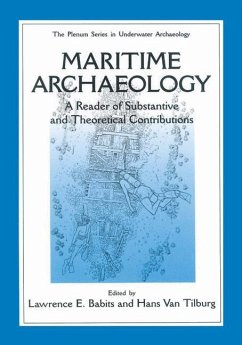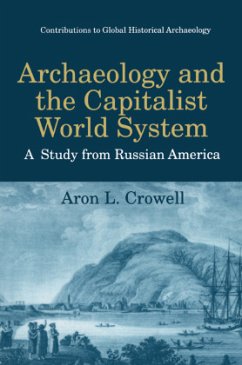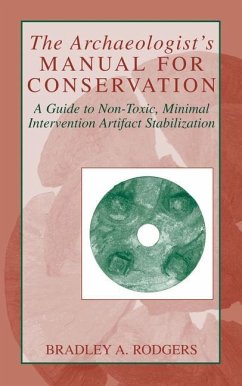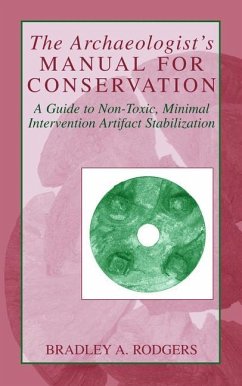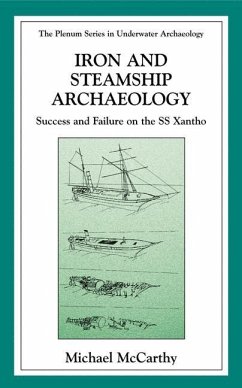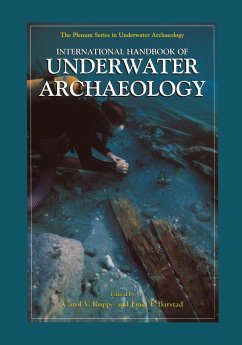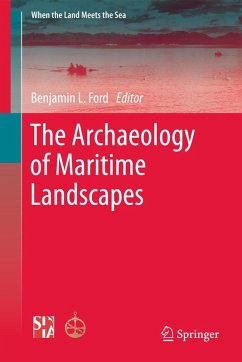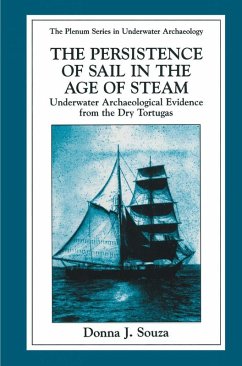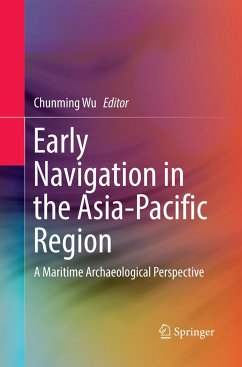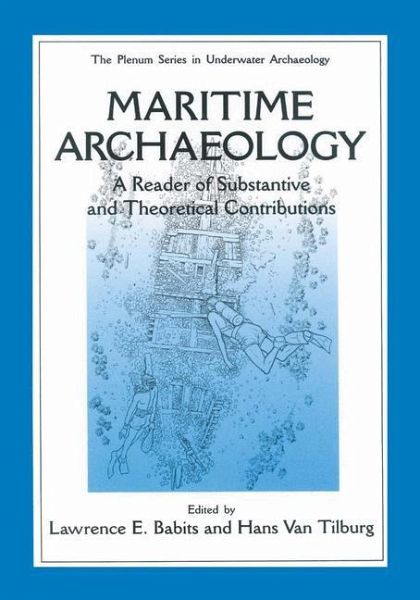
Maritime Archaeology
A Reader of Substantive and Theoretical Contributions
Herausgegeben: Babits, Lawrence E.; Van Tilburg, Hans
Versandkostenfrei!
Versandfertig in 1-2 Wochen
154,99 €
inkl. MwSt.
Weitere Ausgaben:

PAYBACK Punkte
77 °P sammeln!
This volume initiates a new series of books on maritime or underwater archaeology, and as the editor of the series I welcome its appearance with great excitement. It is appropriate that the first book of the series is a collection of articles intended for gradu ate or undergraduate courses in underwater archaeology, since the growth in academic opportunities for students is an important sign of the vitality of this subdiscipline. The layman will enjoy the book as well. Academic and public interest in shipwrecks and other submerged archaeological sites is indicated by a number of factors. Every...
This volume initiates a new series of books on maritime or underwater archaeology, and as the editor of the series I welcome its appearance with great excitement. It is appropriate that the first book of the series is a collection of articles intended for gradu ate or undergraduate courses in underwater archaeology, since the growth in academic opportunities for students is an important sign of the vitality of this subdiscipline. The layman will enjoy the book as well. Academic and public interest in shipwrecks and other submerged archaeological sites is indicated by a number of factors. Every year there are 80 to 90 research papers presented at the Society for Historical Archaeology's Conference on Historical and Underwater Archaeology, and the Proceedings are published. Public interest is shown by extensive press coverage of shipwreck investigations. One of the most important advances in recent years has been the passage of the Abandoned Shipwreck Act of 1987, for the first time providing national-level law con cerning underwater archeological sites. The legislation has withstood a number of legal challenges by commercial treasure salvors, a very hopeful sign for the long-term pres ervation of this nonrenewable type of cultural resource. The underwater archaeological discoveries of 1995 were particularly noteworthy. The Texas Historical Commission discovered the Belle, one of La Salle's ships, and the CSS Hunley was found by a joint project of South Carolina and a private nonprofit organization called NUMA.





